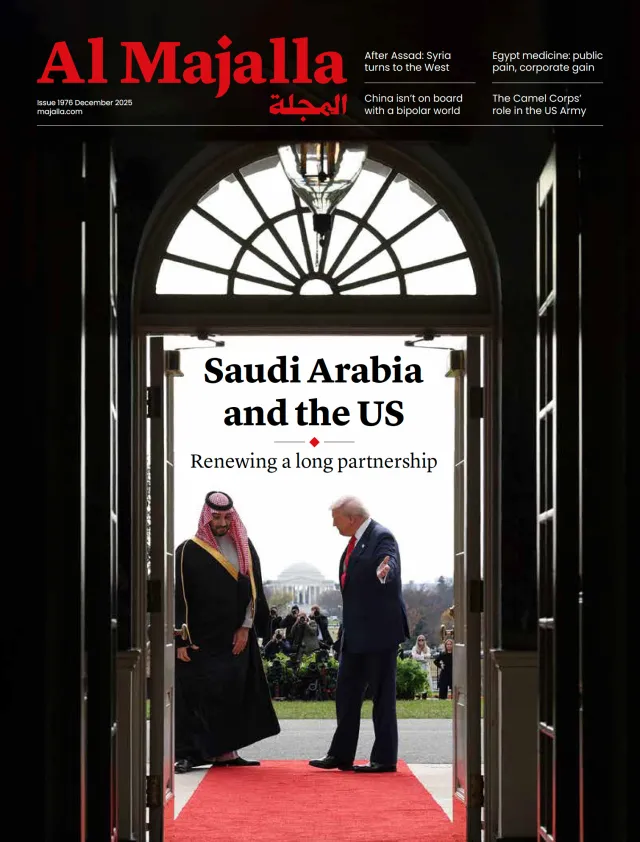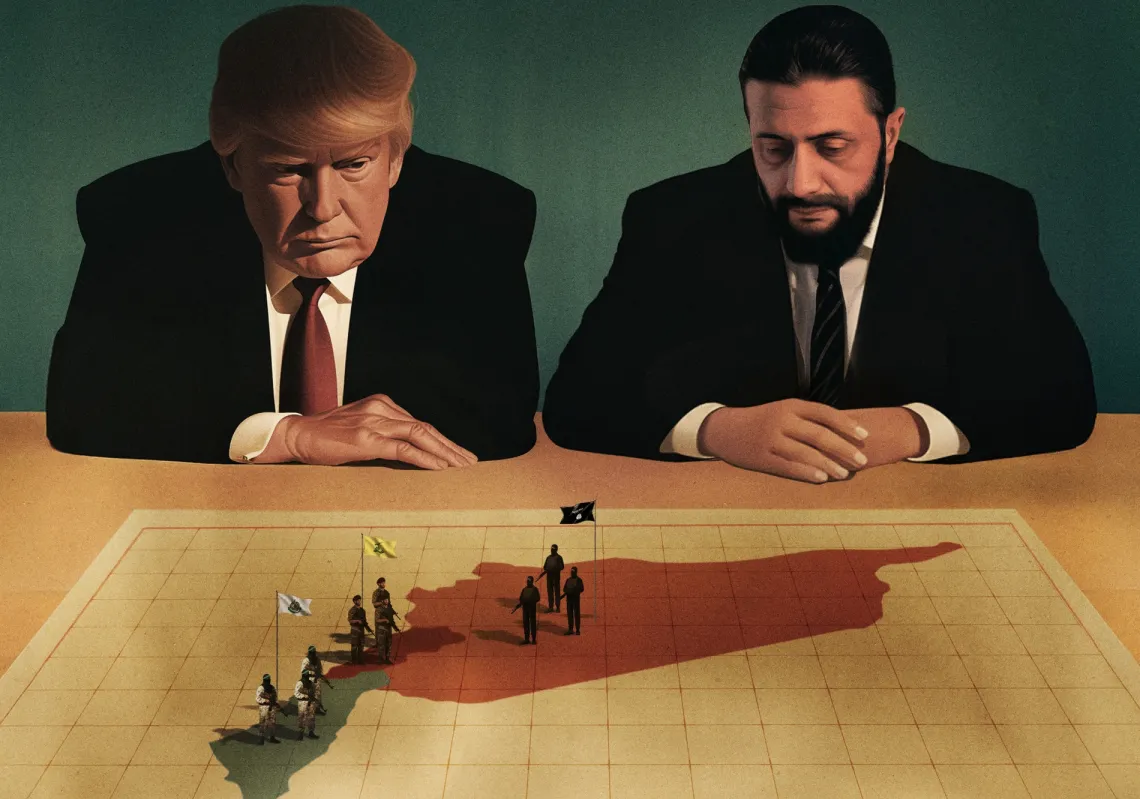In the past 20 years, tobacco use has dropped by one-third globally, and there are an estimated 118 million fewer tobacco users today compared with 2005.
This is largely because 20 years ago this week, after years of negotiation, the WHO Framework Convention on Tobacco Control (WHO FCTC) entered into force—one of the most widely embraced United Nations treaties in history. The WHO FCTC was—and remains—a landmark in international law: the first treaty negotiated under the WHO Constitution, incorporating multiple measures to control the demand and supply of tobacco.
Today, the convention has 183 parties, covering 90% of the world's population. More than 5.6 billion people are protected by the comprehensive implementation of at least one tobacco control measure. For example, 138 countries now require large illustrative health warnings on cigarette packages, and dozens of countries have implemented plain packaging rules that prohibit branding on cigarette packages, making them less attractive.
In addition, 66 countries have implemented bans on tobacco advertising, promotion and sponsorship; more than one-quarter of the world’s population is protected by bans on indoor smoking and other smoke-free laws; and increased taxes on tobacco products to reduce their affordability remains the most cost-effective tool to reduce consumption. Tobacco taxes can also raise government revenues for tobacco control and health financing.












